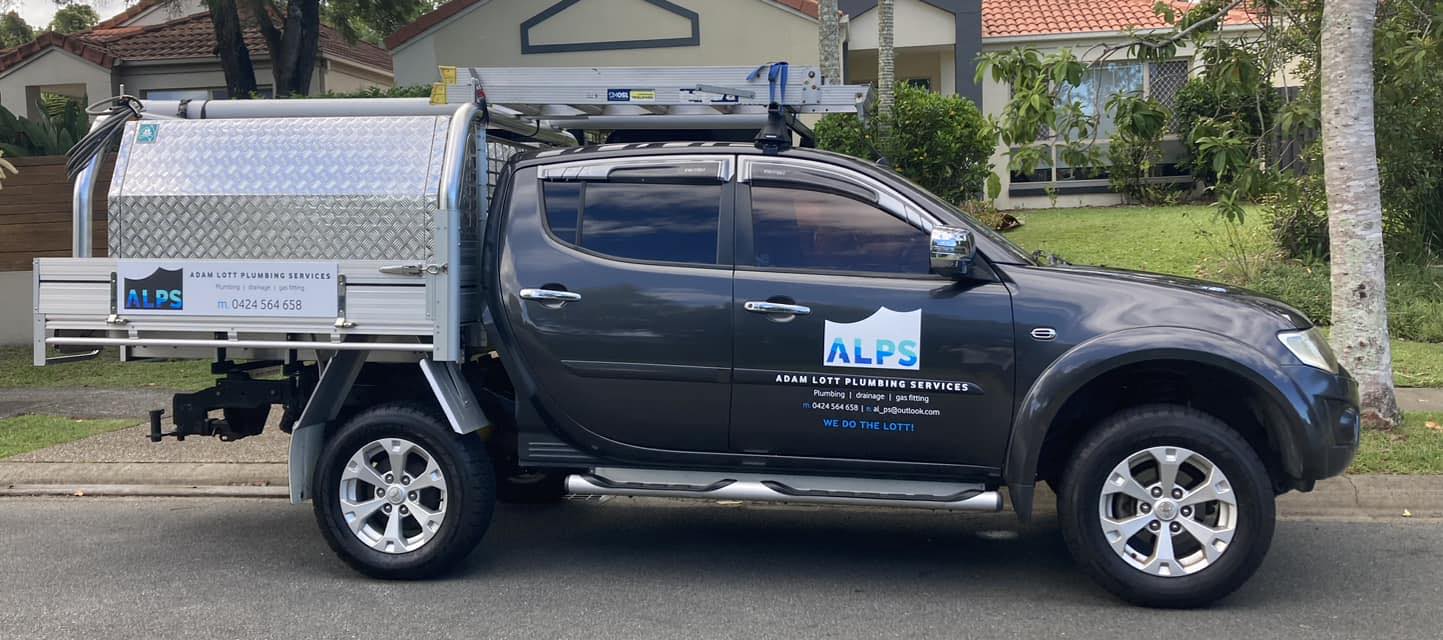Water heater installation is a meticulous process that demands careful attention to detail. From selecting the right location to ensuring proper plumbing connections, each step plays a crucial role in the functionality and safety of the system.
However, before diving into the installation process, there are essential pre-installation preparations that need to be addressed to set the stage for a successful setup. Let's explore the initial steps required to lay the groundwork for a seamless water heater installation.
Pre-Installation Preparation
Before beginning the water heater installation process, thorough pre-installation preparation is essential to ensure a smooth and successful setup. The first step in this preparation is to gather all the necessary tools and materials required for the installation. This includes the water heater unit itself, pipes, fittings, valves, insulation, and any other components specified in the installation manual. It is crucial to double-check that all the parts are included and in good condition before starting the installation.
Next, ensure that the work area is clear and accessible. Remove any obstacles or clutter that may hinder the installation process. Additionally, consider laying down protective coverings on the floor to prevent any damage during the installation. It is also advisable to have a clear plan of the installation process in mind, including the location of the water heater, connections to existing plumbing lines, and any electrical requirements.
Selecting the Right Location
To ensure optimal functionality and safety of the water heater system, selecting the appropriate location for installation is a critical decision that requires careful consideration. The right location can enhance efficiency, prolong the lifespan of the water heater, and minimize potential hazards. When choosing a spot for your water heater, keep the following factors in mind:
- Accessibility: Select a location that allows easy access for maintenance and repairs.
- Ventilation: Ensure proper ventilation to prevent the accumulation of gases and maintain air quality.
- Space: Adequate space around the water heater is essential for installation, servicing, and safety purposes.
- Protection: Choose a location that provides protection from potential damage, such as flooding or impact from other objects.
Installing the Water Heater
Proper installation of the water heater is crucial for ensuring its efficient operation and longevity. To begin the installation process, carefully unpack the water heater and check for any damage that may have occurred during transportation. Position the water heater in the designated location, ensuring that it is level to prevent any issues with operation or potential leaks.
Next, connect the water heater to the power source following the manufacturer's instructions and local building codes. This typically involves connecting the electrical wiring or gas line, depending on the type of water heater being installed. It is essential to double-check all connections to guarantee they are secure and correctly installed to prevent any safety hazards.
Once the water heater is securely in place and connected to the power source, proceed with any additional setup required, such as adjusting the temperature settings or setting up any specific features the unit may have. Following these installation steps meticulously will help guarantee that your water heater operates efficiently and effectively for years to come.
Connecting the Plumbing
Ensuring a secure and leak-free connection, the plumbing for the water heater must be carefully installed following the manufacturer's guidelines and local plumbing codes.
- Selecting the Right Fittings: Use appropriate fittings such as dielectric unions or flexible connectors to join the water heater to the existing plumbing system.
- Properly Positioning the Water Heater: Ensure the water heater is positioned correctly to allow for easy connection to the incoming and outgoing water pipes.
- Securing Connections: Tighten all connections using the recommended tools to prevent leaks and ensure a secure fit.
- Checking for Leaks: After installation, thoroughly check all connections for any signs of leaks before proceeding to the next steps.
Testing and Safety Checks
Before proceeding with the operation of the water heater, thorough testing and safety checks must be conducted to ensure proper functionality and adherence to safety standards. The first step in this process is to inspect all connections for leaks. This includes checking the fittings, valves, and pipes for any signs of water leakage. Additionally, it is crucial to verify that the pressure relief valve is in working condition to prevent the tank from overpressurizing.
Furthermore, the thermostat should be tested to guarantee that it accurately regulates the water temperature. This can be done by adjusting the temperature setting and monitoring if the water heats up accordingly. It is also essential to confirm that the gas line or electrical connections are secure and correctly installed to avoid any potential hazards.
Lastly, a final check of the venting system should be carried out to ensure proper ventilation and prevent the risk of carbon monoxide buildup. By carefully conducting these testing and safety checks, you can guarantee the safe and efficient operation of your water heater.
Conclusion
In conclusion, following the proper steps for water heater installation is crucial to ensure safety and efficiency. By preparing beforehand, selecting the right location, installing the unit correctly, connecting the plumbing, and performing necessary tests and safety checks, you can have a reliable water heater in your home.
Stay tuned for our next article, where we will discuss common troubleshooting tips for water heaters.
Hot Water
Free quote for hot water installation and repairs

"*" indicates required fields

